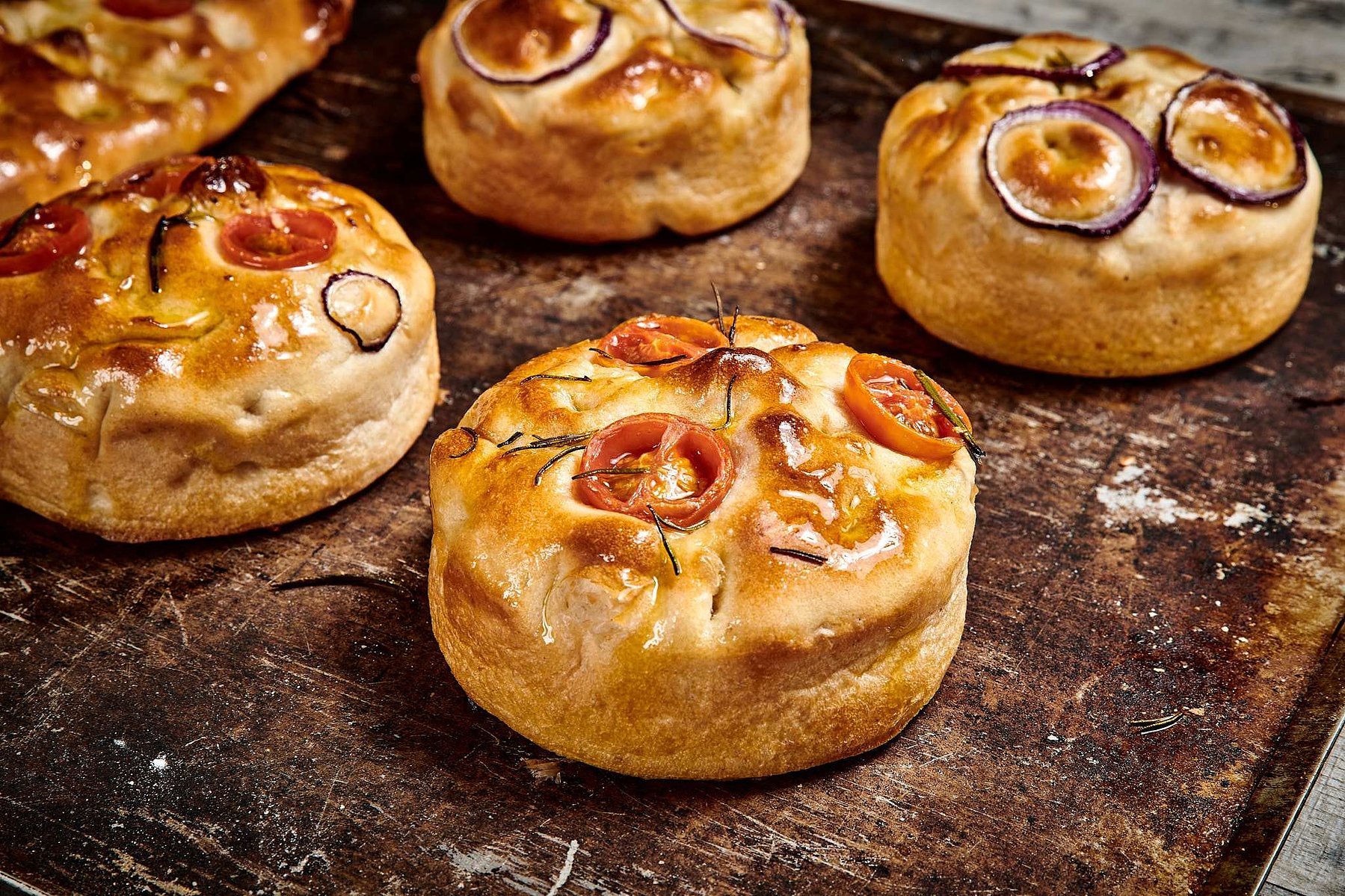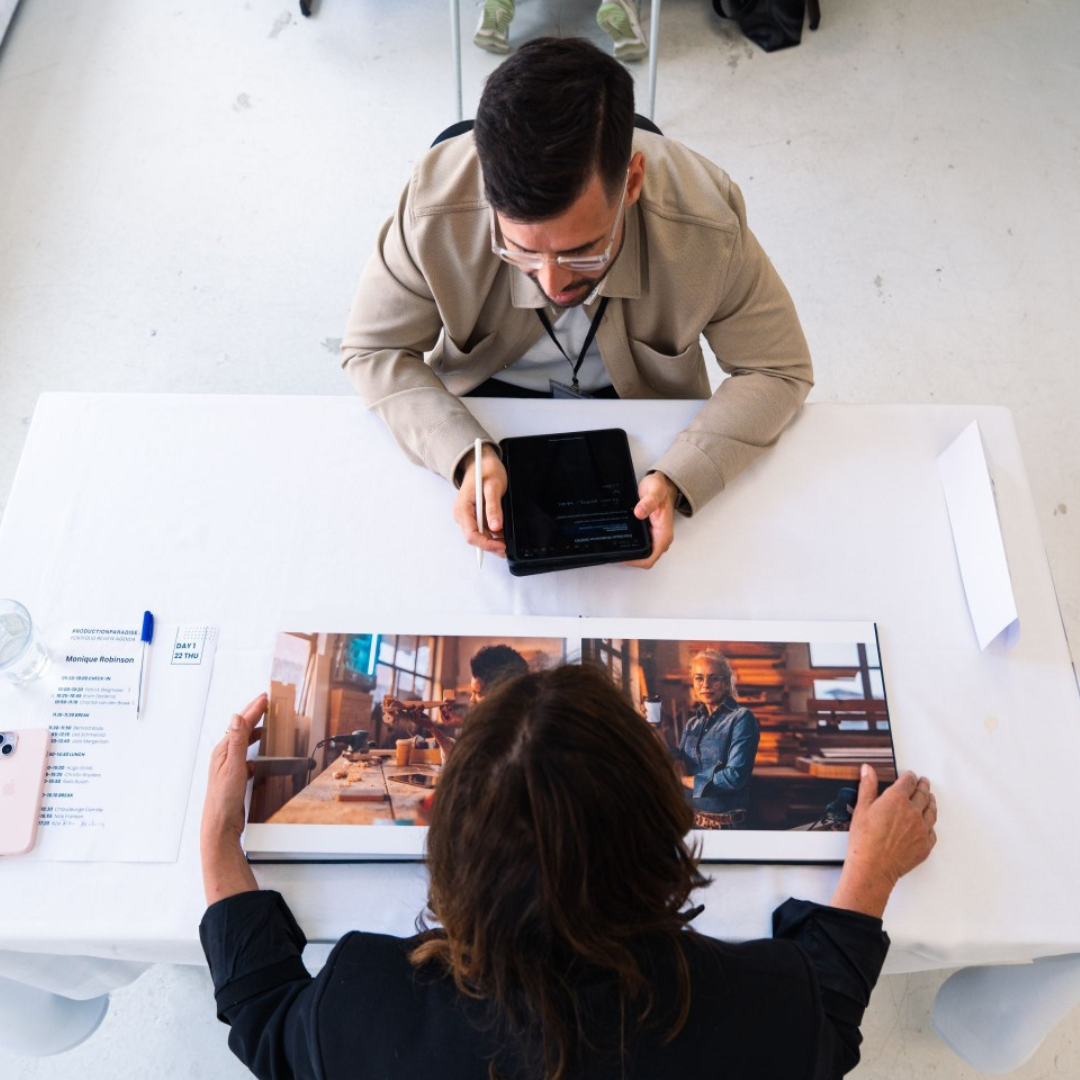Photography may be defined as both art and craft, but for Euan Anderson, it’s also rhythm, balance, and graft. From the quiet focus of his Glasgow studio to the fast-paced energy of London sets, his journey reflects a photographer who thrives in contrast. Shaped by years of commercial work, collaboration, and an unshakable curiosity, Euan brings authenticity to every frame, finding emotion in the everyday and discipline in the chaos. His story is one of craft honed through persistence, humour, and a genuine love for the work itself.
You balance your time between London and Glasgow. How do the two cities influence your creative rhythm and sensibilities?
Each has its pros and cons. In Glasgow, I’m usually in my own studio. It’s where I can take my time, experiment, and play around with ideas. If I’m not feeling it, I can stop, step away, and come back with a clear head. There’s nothing more liberating than leaving the studio mid-chaos, knowing I can shut the door and return to it refreshed the next day.
In London, I rent a space per shoot, so planning becomes essential. Those sessions are fast-paced, collaborative, and full of energy. Assistants, stylists, clients, everyone on set contributing ideas as the images come through. It’s freer, more dynamic, and I thrive under that pressure.

Your commercial, fashion, portrait, and food work each demand different approaches. How do you shift your mindset or workflow between them?
Fundamentally, they all start the same way: the client comes with a brief, and it’s my job to interpret it and sell whatever’s in front of the camera, whether that’s a jar of something, a piece of clothing, or a person.
When I’m photographing people, especially public figures, they often have carefully managed personal brands that need to be represented accurately. In that sense, the approach isn’t entirely different, it’s still about communicating identity and value through imagery.
Sometimes there’s overlap, which makes things simpler. For example, if I’m shooting a chef who has a line of ready meals, both the person and the product need to align visually and tonally. Having a sense of how those images will sit side by side really helps shape my approach.
When mentoring or advising younger photographers, what’s one misstep you see them make early on?
Overcomplication. Younger photographers often see complex lighting setups online and assume that’s how it has to be done. They’ll set up a dozen lights without really understanding what each one does.
I always tell them to start simple, build your lighting one source at a time. Only add another light if the shot truly needs it. That way, when you run into problems, you’ll understand what’s causing them and how to fix them. It makes everything easier and more intuitive.

Your images often carry emotional resonance. How do you bring emotion into stills, especially with non-human subjects like food or products?
Food is deeply emotional. It connects to memory, comfort, and experience. When I’m shooting food or drink, I try to tap into that. If it’s a soup, for instance, it should feel warm and nostalgic, like those comforting winter nights as a child. But if it’s an energy drink, it should feel sharp, cool, and invigorating. Every product has an emotion built into it, and it’s my job to find and express that.
As visual trends evolve, how do you balance staying current with maintaining a distinctive personal style?
I’ve been doing this for nearly two decades, so by now my own visual language is second nature. My wife always says she can spot one of my shots immediately, something about the lighting, composition, and lens choice.
That said, I keep a close eye on new trends and techniques. I like to experiment and fold those ideas into my work, but never just to copy what’s out there. I aim to evolve my style, not replace it, to create something that feels current but still unmistakably mine.
When a client gives a very tight commercial brief, how do you still leave room for your own voice or signature?
It depends on the client. Most collaborations involve a bit of give and take. They’ve come to me for my experience and style, so they usually want me to bring that to the table.
But sometimes the brief is non-negotiable, especially with big brands where creative direction is tightly controlled. In those cases, my role is to deliver the best possible result within those boundaries. I’m a working photographer. Sometimes that means using my skill to realise someone else’s vision. There’s value and satisfaction in that too, and occasionally it pushes me to shoot something I wouldn’t have otherwise.

How did you grow your business from local Scottish work to projects with large, international clients?
Honestly, through graft. Word of mouth, cold calls, emails, networking, all of it. Sometimes it was perfect timing; other times I’d just missed the boat. There wasn’t one magic trick, just a long-term approach of showing up, being consistent, and producing quality work. And, of course, a bit of luck along the way.
What do you look for in a client relationship? What makes a collaboration most successful in your experience?
Collaboration is key. The best results come when there’s mutual respect and open communication. When both sides listen and build ideas together. And having a client who can put up with me talking nonsense all day is always a bonus.
Looking back, what’s one creative risk you took that paid off and one you might do differently now?
Leaving my safe but soul-destroying shop job to go freelance was the best decision I ever made. I was working in a camera shop after college and realised I’d get stuck there if I didn’t make a change. So one shift, I started calling newspapers, magazines, and press agencies until someone said yes.
I landed a job with a press agency that paid per published image, terrible money, long hours, but invaluable experience. Within a week I’d learned more about professional photography than in four years of college.
If I could do it again, I’d get my driving licence first and maybe work my notice, so I had some money saved. But honestly, the sense of freedom was worth it. I probably wouldn’t change a thing.

Do you have a dream project or client you’d still love to work with?
I’d love to shoot a series of portraits of photographers. There’s something fascinating about turning the camera on people whose work I admire and knowing they’re silently (or not so silently) judging my technique.
Or coffee brands. I’m fully dependent on coffee. It gets me through the day, from the minute I wake up to the moment I go to sleep. You can never have too much coffee, so any coffee brand collaborations are always welcome.
Why did you decide to join our community?
I have colleagues who are members of Production Paradise, and they’ve only ever had great things to say. It feels like an ideal platform to connect with the right people, those looking for the kind of work I do, wherever they are in the world. I’m excited to see where it leads.
Huge thanks to Euan Anderson for sharing his time, stories, and honest insights into the craft and chaos of a working photographer’s life. You can see more of his work on Production Paradise and his website.
Curious for more? Click here to explore more interviews with our talented members.

%20(2100%20x%20405%20px).png)


